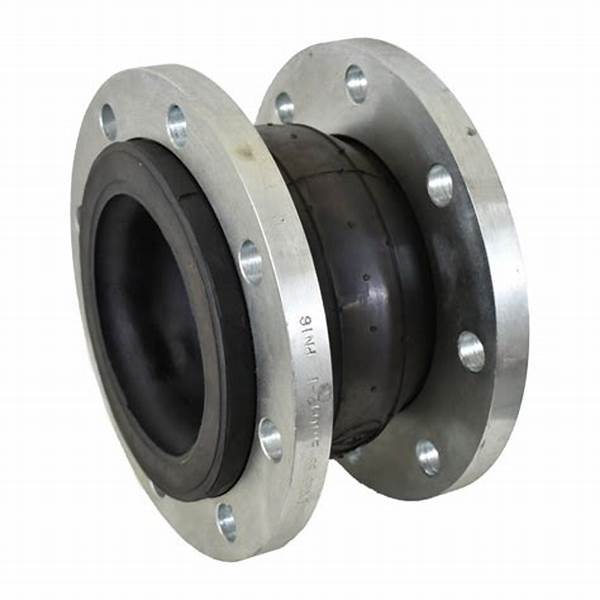Understanding Ball Valve Functionality and Applications in Fluid Control Systems
Understanding Ball Valves The Ultimate Guide to Ball for Ball Valve
When it comes to managing the flow of liquids and gases in various industries, safety and efficiency are of paramount importance. One of the most reliable and commonly used types of valves for controlling flow is the ball valve. This article aims to provide a comprehensive understanding of ball valves, their design, functionality, and applications, with a particular focus on the concept of ball for ball valve.
What is a Ball Valve?
A ball valve is a type of quarter-turn valve that uses a hollow, perforated, and pivoting ball to control flow. The ball has a cylindrical hole, known as a bore, through its center. When the valve is in the open position, the bore aligns with the flow direction, allowing liquid or gas to pass through. Conversely, when the valve is closed, the ball rotates 90 degrees to obstruct the flow. This straightforward mechanism offers several advantages, making ball valves a preferred choice in a wide range of applications.
Design and Components of a Ball Valve
The design of a ball valve is relatively simple yet highly effective. The primary components include
1. Body The outer casing that holds the internal components and provides structural integrity. 2. Ball The central component that performs the flow control function. It can be made from various materials, including brass, stainless steel, or plastic.
3. Seat The rubber or polymer lining that provides a tight seal when the ball is closed. The seat material is crucial for preventing leaks.
4. Stem The part that connects the ball to the actuator (operating handle or mechanism). It allows for the rotation of the ball.
5. Actuator The manual handle or automatic mechanism used to operate the valve.
The Concept of Ball for Ball Valve
The term ball for ball valve typically refers to the specific ball design that is optimized for a particular application. This can include considerations for size, material, and pressure rating. The correct selection of a ball for a ball valve is critical for ensuring optimal performance. A well-suited ball enhances the valve's ability to withstand the pressures and temperatures present in the operating environment.
Various factors influence the selection of the right ball, including
- Material Compatibility Depending on the substances being transported (e.g., corrosive chemicals, oils, or gases), the ball material must be compatible to prevent degradation or failure.
ball for ball valve

- Pressure and Temperature Ratings Different applications may involve varying levels of pressure and temperature. The ball must be able to function effectively under these conditions.
- Size and Flow Capacity The selection of a ball must also consider the required flow rate and pipe diameter, as these factors determine the size of the valve needed.
Advantages of Ball Valves
Ball valves are often favored over other types of valves due to several inherent advantages
1. Quick Operation The quarter-turn design allows for simple and rapid opening and closing.
2. Durability Ball valves have a robust structure that can withstand high pressure and temperature.
3. Low Resistance to Flow The design minimizes turbulence and restrictions, ensuring efficient flow.
4. Sealing Reliability When closed, the ball provides an effective seal, reducing the risk of leakage.
Applications of Ball Valves
Ball valves are used across numerous industries, including
- Oil and Gas For transporting crude oil and natural gas. - Water Treatment Controlling flow in filtration and purification processes. - Chemical Manufacturing Managing aggressive chemical flows. - HVAC Systems Regulating heating and cooling systems.
Conclusion
In conclusion, the ball for ball valve concept emphasizes the importance of selecting the right ball for specific applications to ensure optimal performance and reliability. Understanding the design, components, and advantages of ball valves illuminates their critical role in flow control across various industries. As you consider options for flow management, ball valves stand out as an effective solution that combines simplicity, durability, and efficiency.
-
3-types-of-check-valves-maintenance-tipsNewsAug.23,2025
-
ball-valves-types-with-trunnion-mounted-designNewsAug.23,2025
-
butterfly-valve-company-production-capabilitiesNewsAug.23,2025
-
fisher-globe-valve-technical-specificationsNewsAug.23,2025
-
types-of-gaskets-for-flanges-selection-guideNewsAug.23,2025
-
wedge-gate-valve-suppliers-quality-standardsNewsAug.23,2025
-
Breakthrough in Domestic Low Temperature Valve Technology in ChinaNewsAug.18,2025




